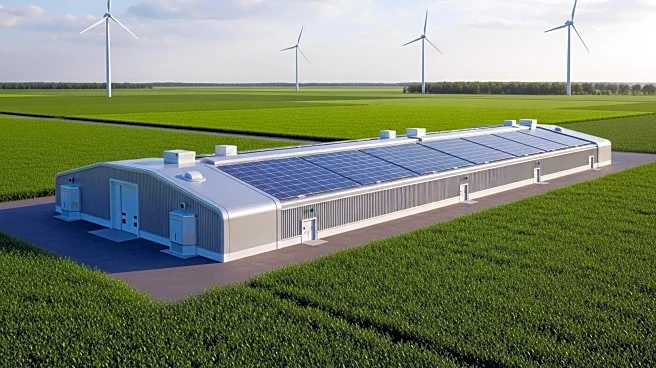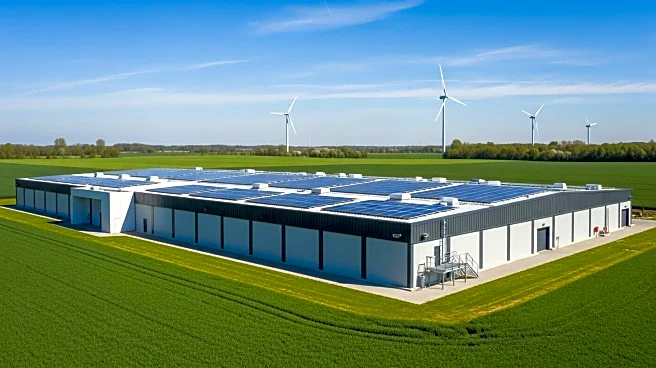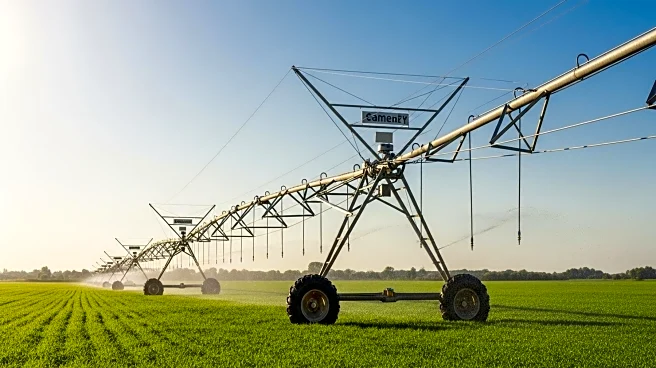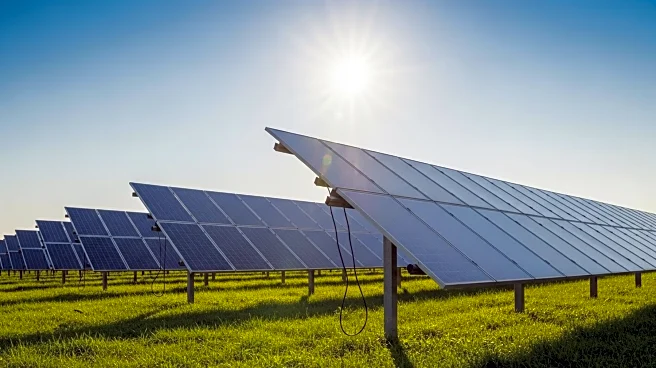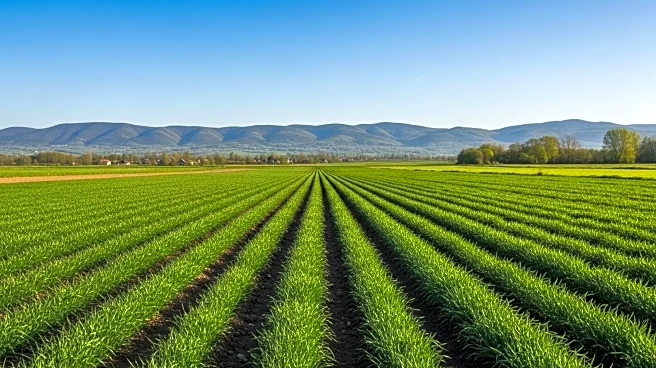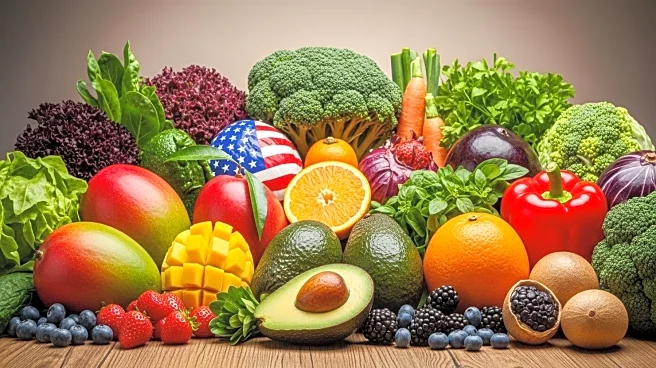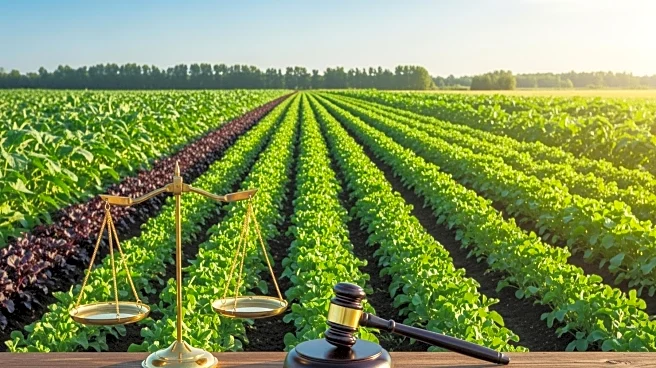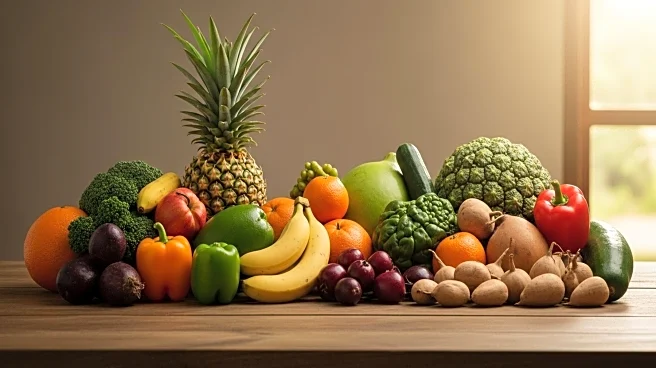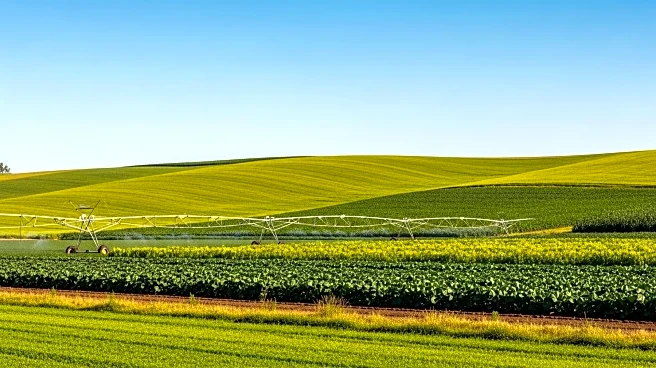What's Happening?
As the global population rises and climate change threatens food security, sustainable agriculture practices are becoming increasingly important. In 2025, bioagriculture storage and cold storage infrastructure, supported by government subsidies, are critical components in reducing post-harvest losses and preserving food quality. These technologies help stabilize farmer incomes and reduce the carbon footprint of agricultural practices. Cold storage, particularly when powered by renewable energy, offers a sustainable solution for preserving perishable commodities.
Why It's Important?
The implementation of bioagriculture storage and cold storage subsidies is vital for enhancing food security and sustainability. These technologies reduce food waste, improve farmer income stability, and support climate goals by minimizing carbon emissions. Government subsidies lower the financial barriers for farmers to adopt these technologies, promoting widespread use and integration into agricultural practices. This shift towards sustainable storage solutions is essential for meeting the growing food demands and addressing the environmental impacts of traditional agricultural methods.
What's Next?
Governments are expected to continue supporting cold storage and bioagriculture initiatives through subsidies and technical assistance. The focus will be on expanding access to these technologies in rural and underserved areas, ensuring that smallholder farmers can benefit from improved storage solutions. Innovations in cold storage, such as solar-powered units and bio-based insulation, will further enhance sustainability. As these technologies become more accessible, they will play a crucial role in transforming agricultural supply chains and rural economies.
Beyond the Headlines
The integration of bioagriculture storage and cold storage into agricultural practices represents a shift towards a circular economy. By reusing agricultural by-products and reducing reliance on synthetic chemicals, these technologies contribute to a more sustainable and resilient food system. The adoption of digital tools for monitoring and traceability further supports this transition, enabling farmers to optimize resource use and improve market access. This holistic approach to sustainable agriculture has the potential to drive significant economic and environmental benefits.
